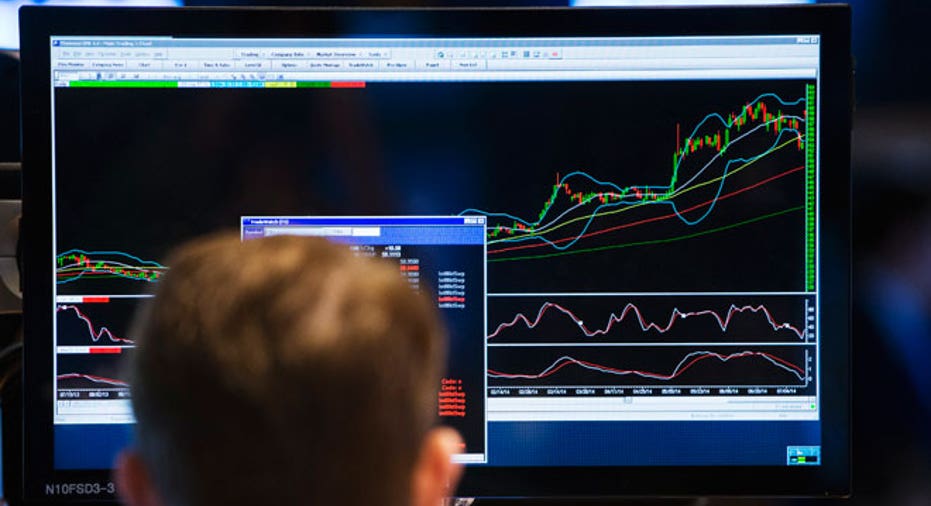Wilshire Liquid Alts Index Up 0.19% in October

The landscape for liquid alternatives is rapidly evolving. We continue to see mutual funds open, close, and consolidate. Of the 442 funds categorized as liquid alternatives by Wilshire Funds Management, more than 20% have been launched in the last year alone. Hedge fund managers are entering the mutual fund space for the first time and traditional investment managers are also now trying their hand at running alternative strategies.
In many respects, this is uncharted territory. Based on industry discussions with clients and investment managers alike, one of the biggest challenges cited across the board has been benchmarking. Established hedge fund indexes are not an appropriate proxy for liquid alternative mutual funds, nor are long-only indexes like the S&P 500. This makes it very difficult to assess how these new products are actually performing.
So we recently launched market indexes specifically designed to measure the performance of liquid alternatives. Modeled off established broad hedge fund categories of equity hedge, relative value, global macro, event driven and multi-strategy, the Wilshire suite of liquid alternative indexes aims to provide insight into how a fund is performing relative to its peers, which answers a question at the top of all investors’ minds: how good is this manager anyway?
With that framework in mind, let’s dive into how the indexes performed during October.
Heightened geopolitical risk, a steep sell-off in oil prices, concerns about global growth, and fears about Ebola made for a turbulent month and delivered whipsaw performance, which tested many liquid alternative funds. The Wilshire Liquid Alternative Index, which measures the aggregate performance of the liquid alternative mutual fund space, finished the month up 0.19%, driven by positive performance from both equity hedge and global macro strategies.
The macro events which rattled markets throughout the month were felt acutely within relative value strategies as high yield spreads widened and the Wilshire Liquid Alternative Relative Value Index ended the month down -0.19%. During the second half of October, the high yield market rebounded significantly, as some of these concerns receded from the headlines. The same events that negatively impacted the high yield market also affected leveraged loans, albeit on a smaller scale. While volatility in the leveraged loan market has been much lower compared to high yield bonds, loan spreads widened month over month.
The Wilshire Liquid Alternative Equity Hedge Index, which has the highest correlation to the broad equity market, ended the month up 1.11%, providing the downside protection we expected to see through the first half of the month when the Wilshire 5000 was down over 5%, and then capturing some upside on the bounce. By way of comparison, the HFRX Equity Hedge Index finished the month down -0.36%.
The Wilshire Liquid Alternative Global Macro Index also posted gains for the month finishing up 0.38%, as oil prices and bond yields posted sharp declines, while the U.S. dollar gained strength. Discretionary global macro and systematic trend-following managers aided performance as they benefited from positive contributions in currency, commodity and fixed income exposures. The market environment proved favorable for systematic managers as they saw trends both on the downward move as well as on the upward reversal mid-month.
Finally, the Wilshire Liquid Alternative Event Driven Index ended the month down -0.66% due to concentrated losses that impacted widely held event equities. A key driver of the underperformance was the AbbVie/Shire deal, as concerns around the U.S. government’s intervention relating to tax inversions materialized. This deal was extremely popular among event driven managers, and the deal break directly impacted those invested in Shire, and indirectly impacted all event driven managers as merger spreads widened across the board.